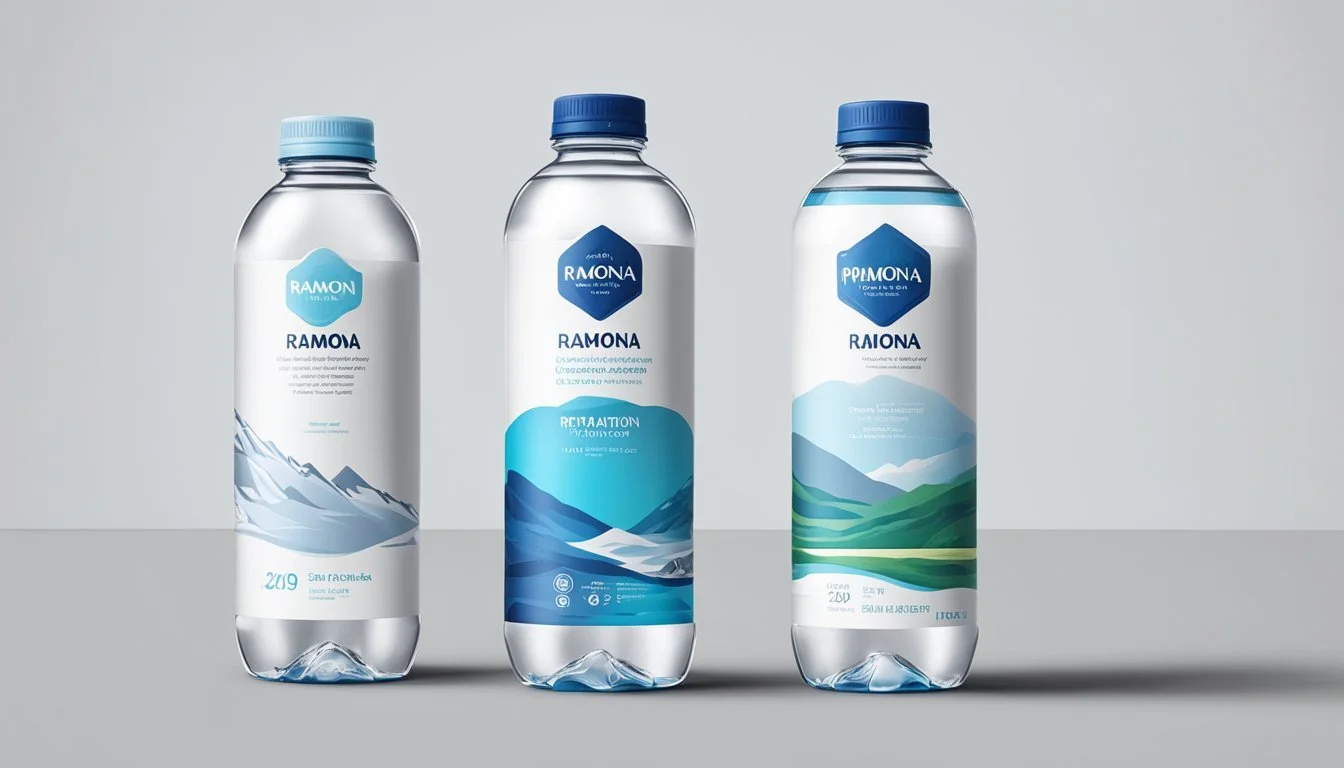Core Hydration vs. Ramona
A Bottled Water Comparison
When it comes to choosing bottled water, both Core Hydration and Ramona offer compelling options for consumers. Core Hydration positions itself as a premium brand, emphasizing its ultra-purified water, balanced pH, and added electrolytes and minerals that mimic the body's natural state. This attention to purity and balance has made Core Hydration a favorite among those looking for high-quality hydration.
On the other hand, Ramona brings a more no-frills approach to hydration. Known for its clean taste and reliability, Ramona provides straightforward refreshment without the added marketing claims. It may not boast the same pH-balanced perfection as Core Hydration, but it delivers a satisfying, crisp drink, often at a more accessible price point.
For those prioritizing advanced purification and electrolytes, Core Hydration stands out, while Ramona caters to those who seek simple, effective hydration without extra additives. By understanding the strengths of each brand, consumers can make an informed decision that best suits their hydration needs.
Understanding Bottled Water
Bottled water has become a significant industry with various brands offering distinct features. These subtopics will cover the historical growth of bottled water, different types of bottled water, and comparisons of their sources.
History and Growth of Bottled Water Brands
Bottled water's popularity has surged over the last few decades. Initially, bottled water was considered a luxury. In the early 20th century, the demand grew as urbanization increased and concerns over tap water quality arose.
In the late 20th and early 21st centuries, brands like Evian, Fiji, and Smartwater emerged. These brands marketed their water as purer and healthier alternatives to tap water. The industry grew rapidly, with innovations in packaging and marketing strategies, including the use of recyclable and BPA-free materials, thus appealing to health-conscious consumers.
Types of Bottled Water
Bottled water comes in various forms. Spring water is sourced directly from a natural spring and contains minerals from the source. Purified water, including types like Core Hydration, undergoes processes such as reverse osmosis to remove impurities.
Mineral water contains dissolved minerals from the source and is often marketed for its health benefits. Alkaline water, like Smartwater Alkaline, is processed to have a higher pH level. Each type varies in taste, mineral content, and perceived health benefits, giving consumers a broad range of choices.
Comparing Bottled Water Sources
The origins of bottled water are crucial in determining quality and taste. Spring water, taken directly from natural springs, tends to have a unique taste due to its mineral content. Examples include Evian and Fiji water.
Purified water, like Core Hydration, is often derived from municipal sources but undergoes extensive purification, ensuring a consistent taste and quality. Alkaline waters such as Smartwater Alkaline adjust pH levels, claiming potential health advantages. The source and treatment methods significantly impact consumer preference, making the origin of bottled water a key factor in its appeal.


